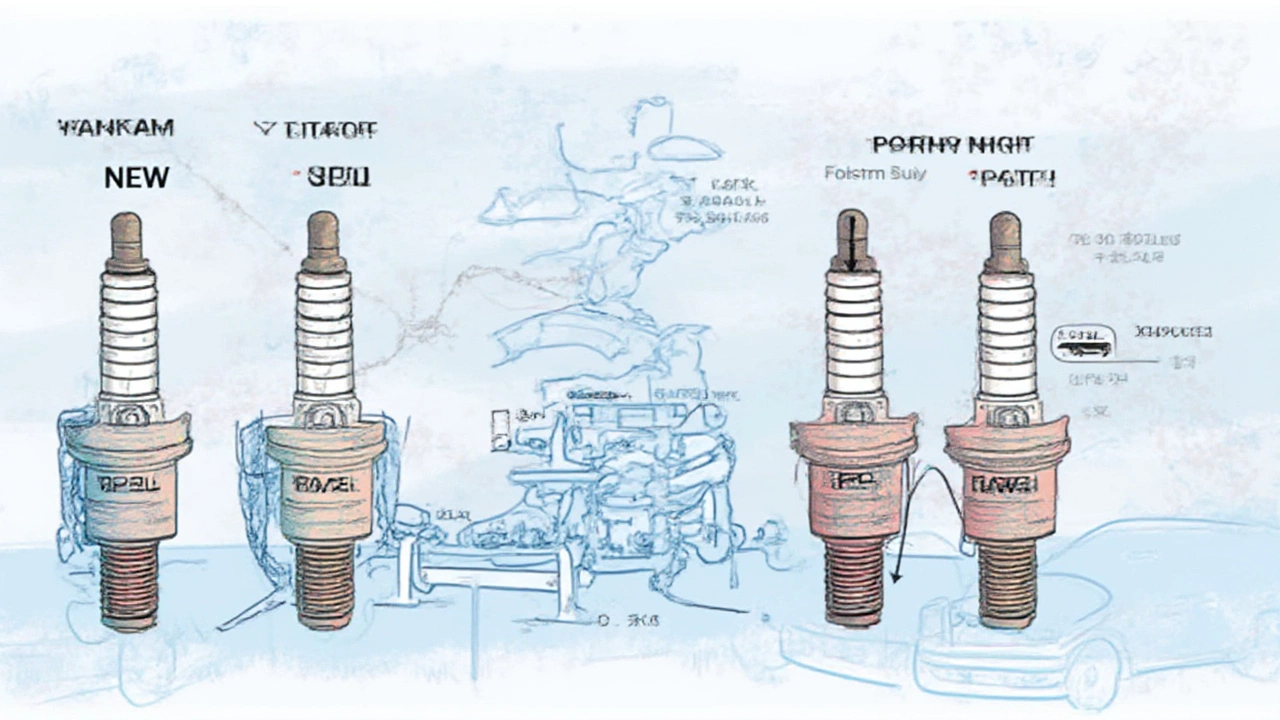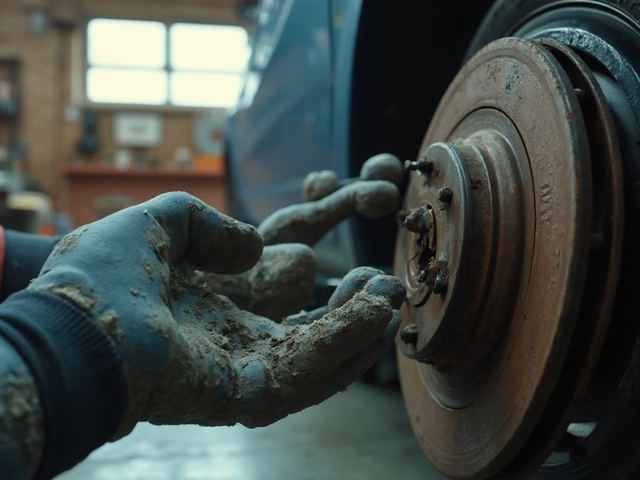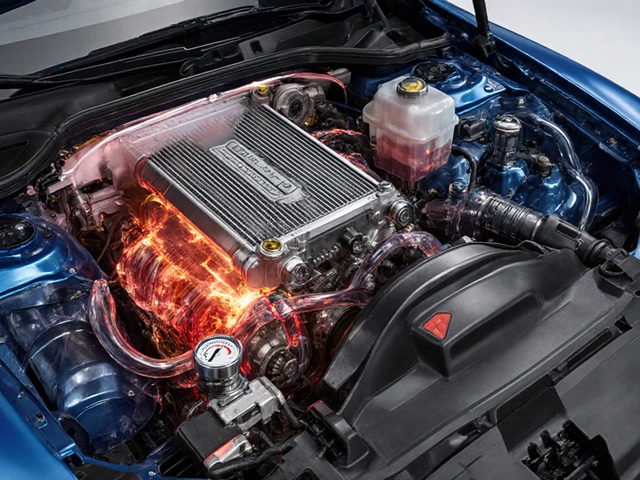Spark plugs aren’t exactly the hot topic around the family dinner table, but if you drive a car, they’re way more important than you think. They’re these tiny pieces of metal and ceramic that quietly fire up your engine, trip after trip, turning fuel into the power you rely on. But here’s the kicker: a single worn-out spark plug can turn your morning commute into a performance art piece of sputters, jerks, and embarrassing breakdowns. If you’ve ever wondered why your car sometimes sounds like it’s choking on a cough drop, the answer might be buried right under your hood.
How Do Spark Plugs Actually Work?
They look simple, but spark plugs do some wild science every second you’re driving. Imagine this: inside them, high voltage flows from the ignition coil, racing down the center electrode, and hurling itself across an almost impossibly tiny gap to the ground electrode. That jump—like a tiny lightning bolt—ignites the air and fuel mixture inside the engine’s cylinder. That little explosion? That’s what shoves the pistons down and keeps your car rolling. Without these regular fireworks, your engine is dead weight.
What a lot of folks don’t realize is that every time you turn the key, each spark plug might fire up to 1,500 times per minute. Multiply that over the life of a car, and it’s basically millions of controlled blasts—each one essential. To survive this, spark plugs are made from tough stuff: nickel, copper, iridium, maybe even platinum. Each metal matters, and I’ll get to why down below.
For older cars, plugs used to be much simpler, but today, those little guys are computer engineered for tight tolerances and maximum efficiency. That’s why grabbing the cheapest plug off the shelf might not always be the move.
The Real Spark Plug Lifespan: Expectation vs. Reality
If you check your owner’s manual, chances are you’ll spot a recommended maintenance schedule for changing the spark plugs—usually somewhere between 30,000 and 120,000 miles. That’s a crazy big gap, right? The truth is, the actual spark plug lifespan depends on several factors: the type of plug, how (and where) you drive, and how well your engine is running. Let’s get specific:
- Copper spark plugs: Usually the cheapest. Expect them to last about 20,000 to 40,000 miles. They’re great conductors, but they wear down fast.
- Platinum spark plugs: These survive longer, thanks to a harder tip. Think 60,000 to 100,000 miles.
- Iridium spark plugs: Modern cars love these. They’re tough—sometimes pushing past 100,000 miles. Some carmakers recommend changing them only once per decade.
- Double platinum or double iridium: The marathon runners of spark plugs, holding up for 100,000+ miles even under stress.
But high-mileage claims don’t guarantee smooth sailing. City drivers, stop-and-go traffic, harsh winters, or a car that burns oil can all murder your spark plugs quicker than you’d hope. Owners sometimes spot trouble after 50,000 miles—even if the manual says otherwise. One cool fact: A 2019 study by NGK (the spark plug giant) found that neglecting old plugs can lower gas mileage by up to 10%, so you pay at the pump for procrastination.

Warning Signs Your Spark Plugs Are On Their Last Legs
These little workhorses are stubborn, but not indestructible. So how can you tell they’re waving the white flag? Here’s what to watch for:
- The engine starts rough, or cranks longer than usual.
- Sudden misfires—especially noticeable at idle or when you stomp the gas pedal.
- Quick loss of power or acceleration feels sluggish, like the engine just gave up espresso.
- Mileage drops—because bad plugs don’t ignite fuel efficiently.
- Check engine light pops on (sometimes as an engine misfire or cylinder-specific code).
- Unusual engine sounds, rough idling, or vibrations that rattle your dashboard.
- Your tailpipe coughs out extra smoke or fuel smells stronger than before.
Spark plugs might seem innocent, but ignore these signs and you’re headed for bigger (and pricier) engine trouble. Bad plugs can mess with your catalytic converter—now you’re talking repairs that could fund a weekend getaway instead.
Sneaky Factors That Destroy Spark Plugs Faster
Lots of things gnaw away at your plugs, even if you’re not clocking massive miles. First, short trips are a killer: engines never warm up fully, moisture builds up, and unburned fuel can foul the tips. Add in low-quality gas, an overdue air filter, or leaky valve seals, and you’re stacking the odds against your plugs. For turbocharged engines, higher heat and boost add wear—meaning even those marathon-iridium plugs can struggle.
Ever used fuel additives or run your car low on oil? Both can leave behind gummy residue or carbon, choking up the spark gap. Extreme heat (think Arizona summers) bakes plugs brittle over time, while arctic cold makes them work harder at each start. Don’t forget—improper plug gap matters, too. If you (or a mechanic) gapped it wrong, performance drops, misfires spike, and your fancy long-life plug could call it quits early.
Here’s something else not everyone tells you: Engine mods or tuning (like those chip tuners promising extra horsepower) zap plugs faster. Hotter burning engines might squeeze a bit more go-power, but they’ll burn through even high-end plugs sooner. So, if you’re racing at the drag strip or hauling a heavy trailer, check your plugs more often than the manual suggests.

Smart Spark Plug Maintenance: Tips That Save You Money and Headaches
Taking care of spark plugs isn’t rocket science, but it does repay the effort. Want a pain-free engine and a little more money in your pocket? Here’s how:
- Stick to your owner’s manual for recommended intervals, but adjust for your real-life driving. Short trips? Severe climate? Check more often.
- Use the correct type. Don’t fudge it with universal fits. Iridium and platinum plugs cost more, but the math usually works out thanks to longer life.
- Swap out all your plugs at the same time—mixing old and new throws off the engine’s rhythm.
- Watch the plug gap. If you’re installing yourself, grab a proper feeler gauge. Many plugs come properly gapped, but always check.
- When pulling out old plugs, watch for strange colors or buildup. White, ashy tips can mean overheating. Oily or black plugs may show oil leaks or running rich. Learning the basics of spark plug reading pays off in avoiding big repairs.
- Keep all spark plug wires or ignition coils in shape—cracks or corrosion lead to weak sparks, burning up even fresh plugs.
- If you DIY, never over-tighten—that cracks porcelain or strips threads in the cylinder head. Use a torque wrench if you have one.
One last pro tip: Some shops push you to replace spark plugs every time you have trouble, but if the issue isn’t plug related, that’s money wasted. Get a real diagnostic before shelling out for new ones.
Keeping your spark plugs—especially those precious spark plugs—in good shape is the difference between a smooth, reliable ride and sitting on the roadside cursing your luck. Stay ahead of the trouble and your car, your wallet, and your nerves will all thank you.






